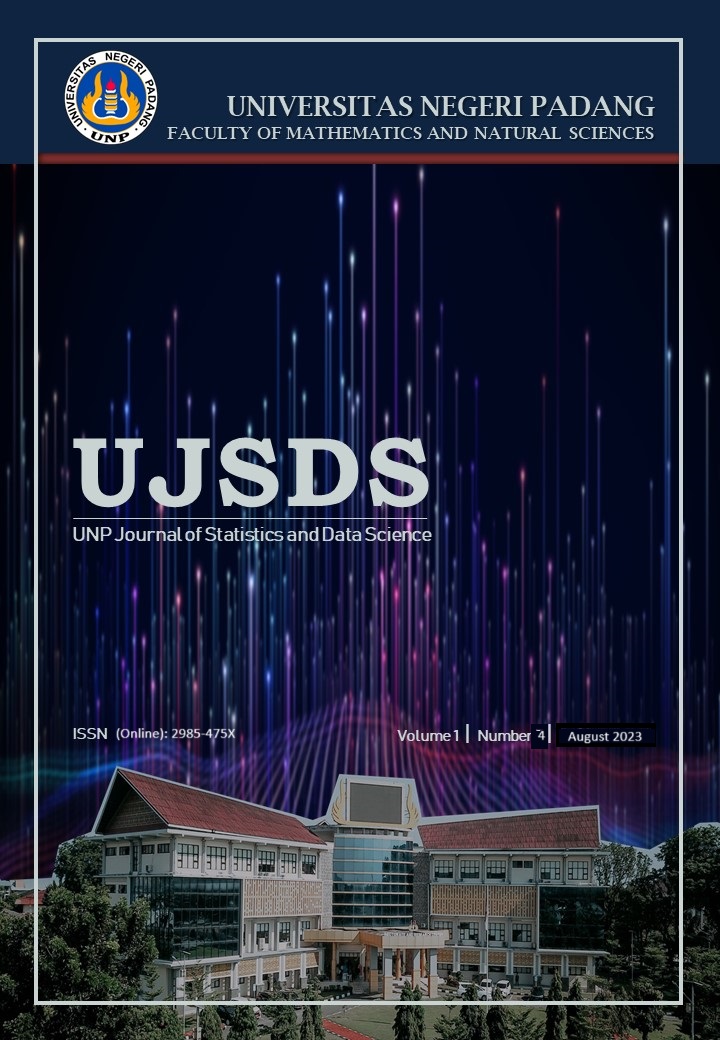Comparison of Error Rate Prediction Methods of C4.5 Algorithm for Balanced Data
DOI:
https://doi.org/10.24036/ujsds/vol1-iss4/74Keywords:
C4.5, Error Prediction, HO, K-folds, LOOCVAbstract
C4.5 is a highly effective decision tree algorithm for classification purposes. Compared to CHAID, Cart, and ID3, C4.5 generates the decision tree faster and is easier to understand. However, C4.5 algorithm is also not exempt from errors in classification, which can impact the accuracy of the resulting model. Model accuracy could be measured by predicting the error rate. One commonly used method for error rate prediction is cross-validation. The cross-validation method divides data into two parts: training set to build model and testing set to test the model. There are several cross-validation techniques commonly used to predict the error rate, such as Leave One Out Cross Validation (LOOCV), Hold Out (HO), and k-fold cross-validation. LOO has unbiased estimation but takes a long time and depends on the data size; HO could avoid overfitting and work faster; and k-folds cross validation has a smaller error rate prediction.
This study uses artificially generated data with a normal distribution, including univariate, bivariate, and multivariate datasets with various combinations of mean differences and different correlations. Different correlation structures are applied to see the impact of these different correlations on the error rate prediction method. Considering these factors, this research focuses on comparing three cross-validation methods to predict error rates for the decision tree model generated by C4.5 algorithm. This research found that k-folds cross-validation is the most suitable cross-validation method to apply when testing the model generated by C4.5 algorithm with balanced data
Downloads
Published
How to Cite
Issue
Section
License
Copyright (c) 2023 Ichlas Djuazva, Dodi Vionanda, Nonong Amalita, Zilrahmi

This work is licensed under a Creative Commons Attribution 4.0 International License.










